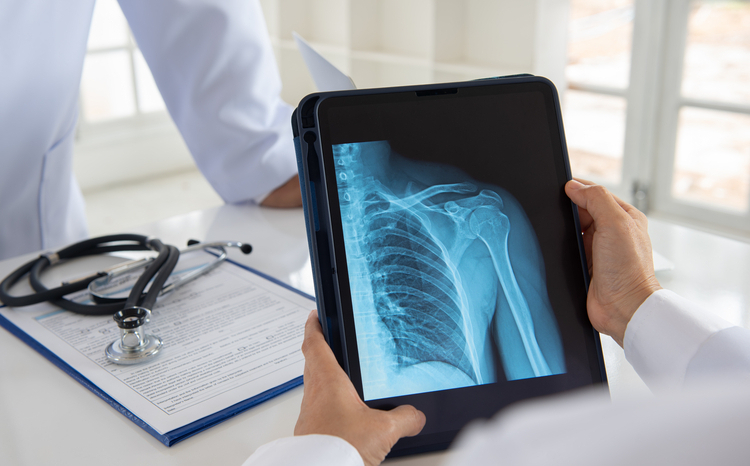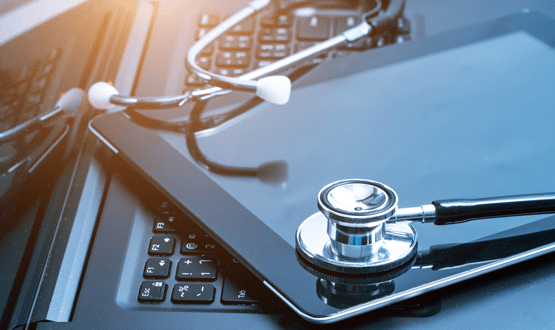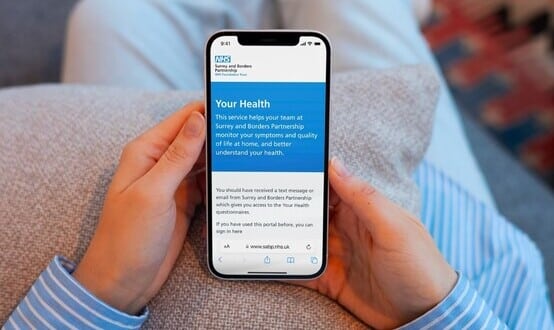Remote-monitoring device for heart patients slashes Norfolk A&E visits

A remote-monitoring service for people living with heart and lung conditions has reduced A&E admissions in Norfolk by 89%.
Norfolk Community Health and Care Trust equipped patients with devices that allowed them to monitor their vital signs, including blood pressure, temperature, weight, pulse rate and oxygen saturation in their own homes.
The data is then transmitted to the hospital care team via an online submission form or telephone service and attached to the patient’s record which allows doctors to determine when action is needed to be taken before a patient deteriorates.
The scheme has also reduced the number of days patients spent in a hospital bed by 88%, while GP and out-of-hours appointments has dropped 65%.
It was initially rolled out to six patients who recently experienced heart failure of chronic obstructive pulmonary disease in the Norwich district in July 2016, before the scheme was rolled out more.
By using the Trust’s own monitoring system it has been able to keep costs down to about £10 per patient each month.
A full cost analysis is yet to be done but a spokeswoman said they “believe this generates an operational saving as it reduces the number of face to face visits, travel time and fuel costs”.
The case report proves an example of how technology can improve healthcare and save clinicians time, following the publication of the NHS’s Long-Term plan.
The plan states that, in 10 years’ time, the “NHS [in England] will offer a ‘digital first’ option for most, allowing for longer and richer face-to-face consultations with clinicians where patients want or need it”.
Rhona MacPherson, lead heart failure nurse for Norwich Heart Failure Service, said: “We are really pleased with the success of this initiative and how it is helping high-dependency patients to enjoy a greater quality of life.”
Currently most clinical observations require a patient to travel to the hospital for a check-up.
The self-monitoring technology was provided by the Harrogate based company, Inhealthcare.





4 Comments
There are many Telehealth solution like this. While some require a mobile phone / app + Bluetooth medical devices it’s not the technology that’s the issue. Perhaps as more homes become “connected homes” the device that collects data within the home could also collect medical data and send that back to the NHS. The generations that use mobiles as an extension of their lives (facebook etc) will be quite happy to submit data in the same way they tell/show everyone what a great dinner they had.
It would greatly benefit from including ecg.
Sounds great but let down by aspects of NHS tech.
Online submission form? Obviously you need a telephone service for emergency and for non tech situations but using a form highlights an area of tech weakness across the NHS. These devices should sending data directly to a system – no forms, pdfs or emails, it should all be automatic. Using similar tech these PHR devices are already using Andy without degrading the data to get it to a clinician because the interop tech in the NHS is lacking.
Ah but there is evidence that the action of recording your own results into a form and submitting them makes the patient feel involved in their care. They like it and follow the results more, removing this may have unintended consequences.
Comments are closed.